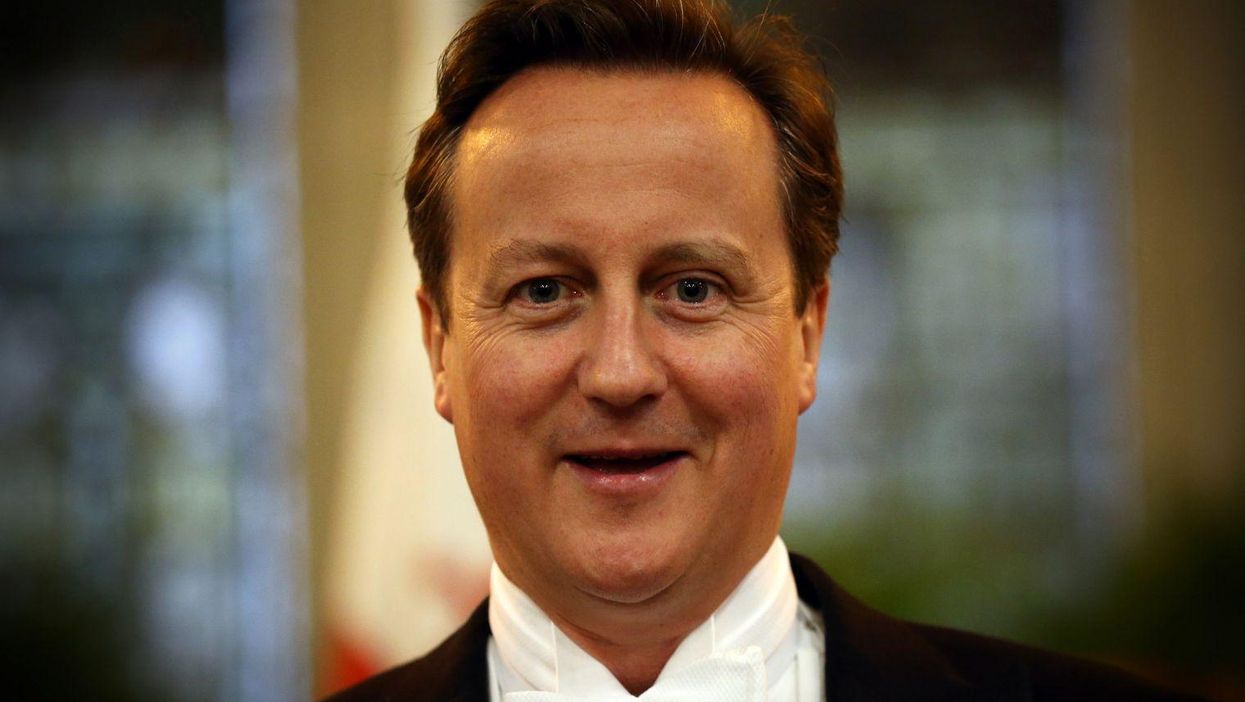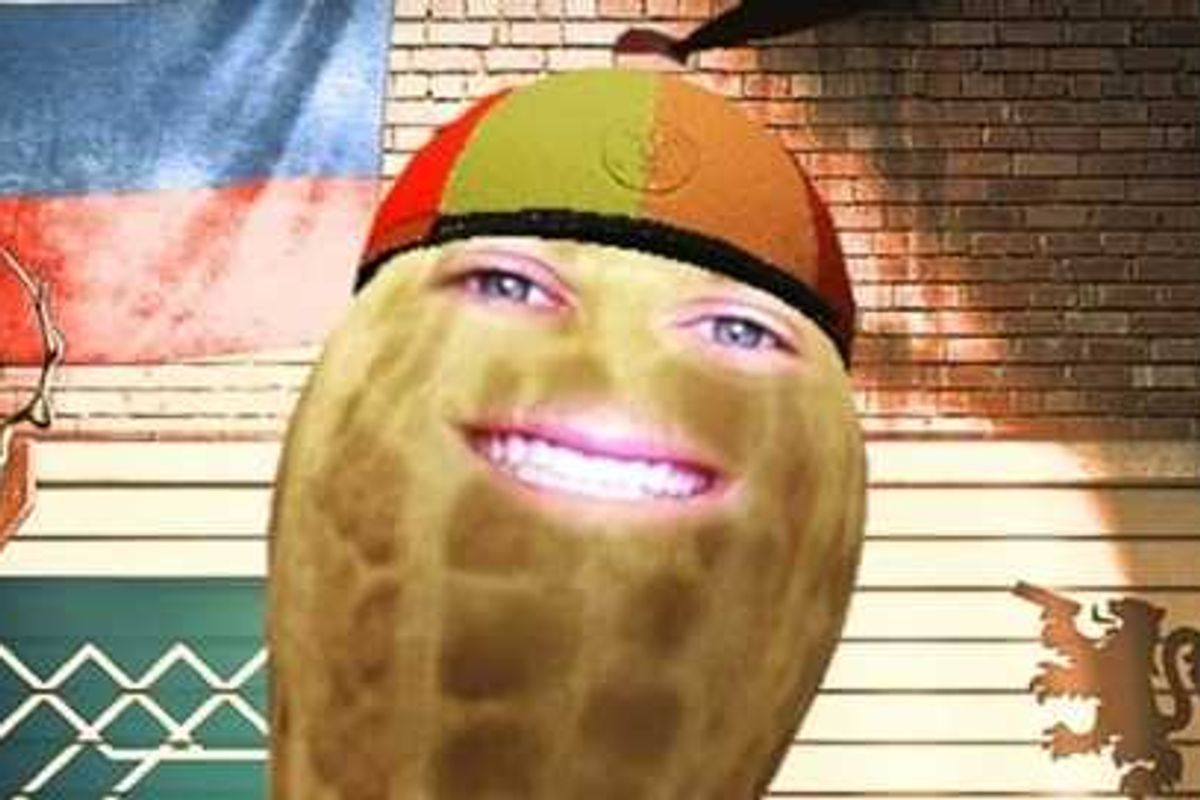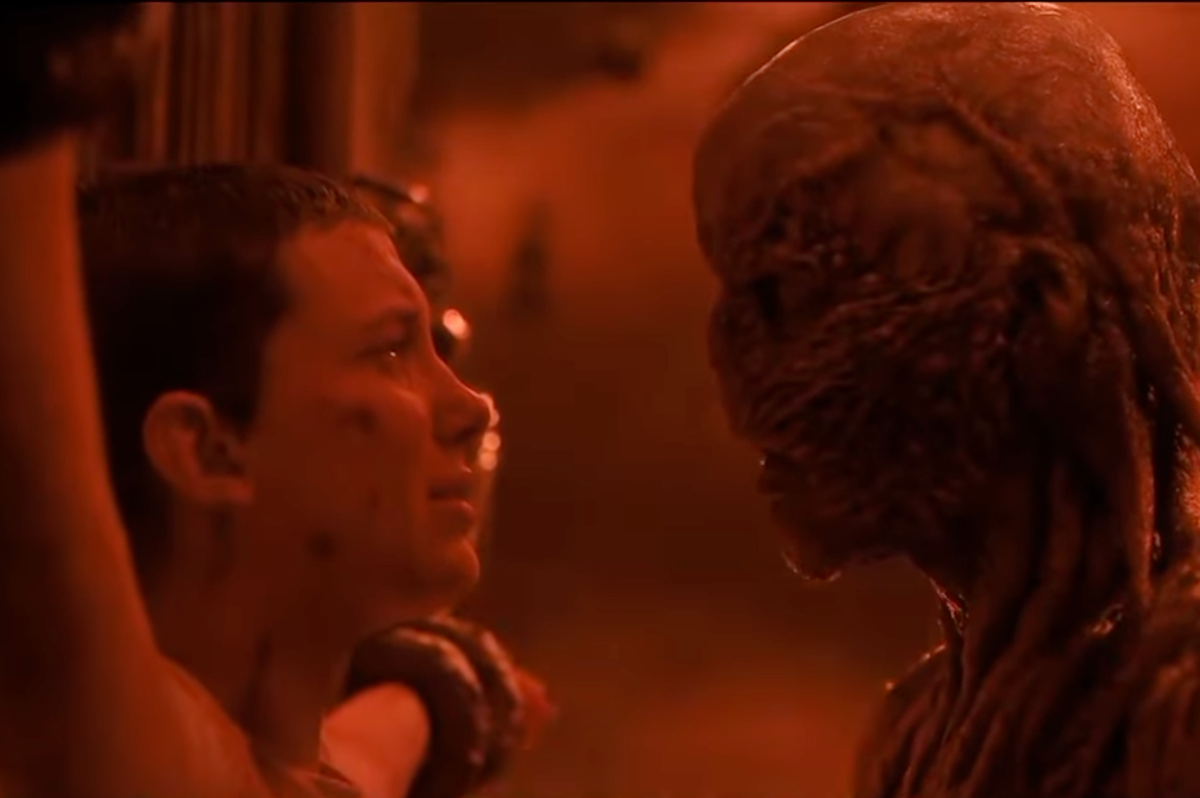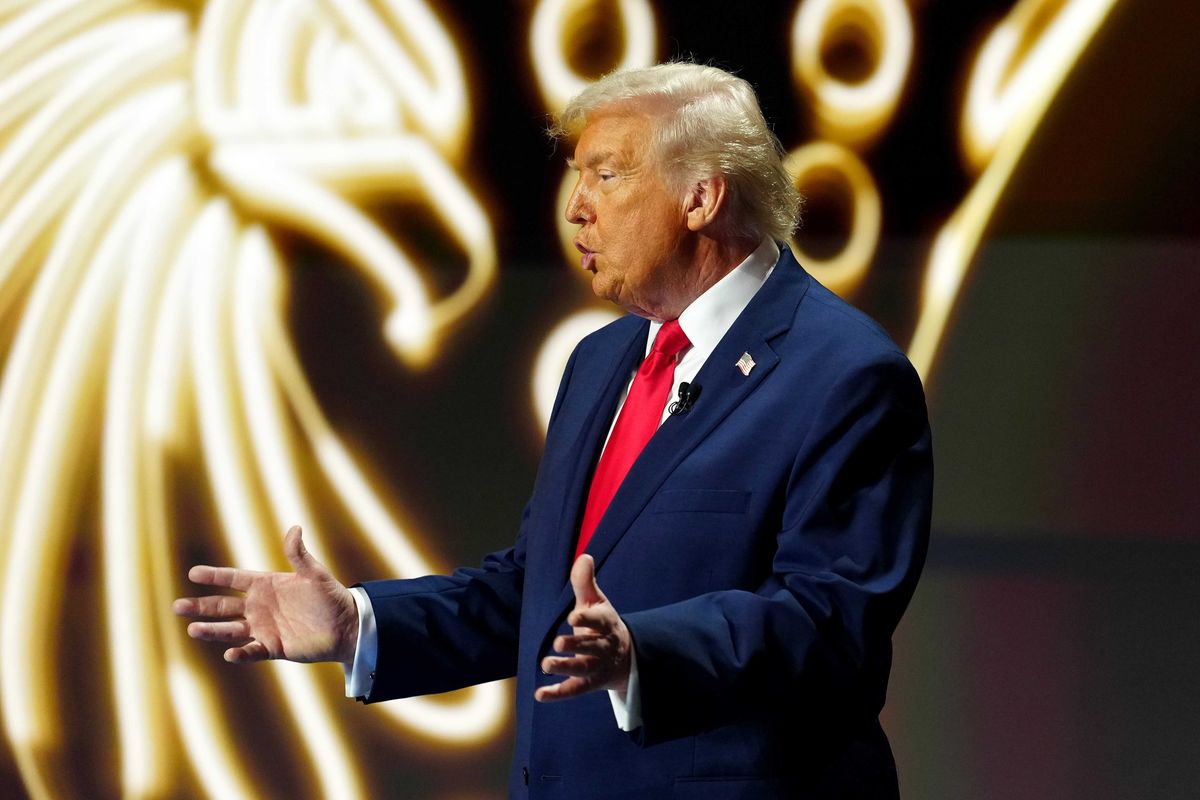News
Louis Dor
Nov 03, 2015

(Picture: Carl Court/Getty Images
Two years ago, academics analysed data from a survey of 325,00 adults and concluded there were seven distinct social classes in the modern British class system, as opposed to the traditional upper, middle and lower.
The Great British Class Survey of 2013, by academics from the University of Manchester, the London School of Economics and Political Science, and the University of York, found that the majority of Britons no longer fitted into the traditional class model.
The seven new classes were described to have come about as a result of spiralling levels of inequality in Britain, and were described as follows:
Wealthy elite:
The most privileged group in the UK, distinct from the other six classes through its wealth. This group has the highest levels of all three capitals (see below).
Established middle class:
The second wealthiest, scoring highly on all three capitals. The largest and most gregarious group, scoring second highest for cultural capital.
Technical middle class:
A small, distinctive new class group which is prosperous but scores low for social and cultural capital. Distinguished by its social isolation and cultural apathy.
New affluent workers:
A young class group which is socially and culturally active, with middling levels of economic capital.
Traditional working class:
Scores low on all forms of capital, but is not completely deprived. Its members have reasonably high house values, explained by this group having the oldest average age at 66.
Emergent service workers:
A new, young, urban group which is relatively poor but has high social and cultural capital.
Precariat, or precarious proletariat:
The poorest, most deprived class, scoring low for social and cultural capital.
The findings are described in a new book, Social Class in the 21st Century, by Mike Savage, Niall Cunningham, Fiona Devine, Sam Friedman, Daniel Laurison, Lisa Mckenzie, Andrew Miles, Helene Snee and Paul Wakeling.
The authors, who also conducted the initial study, write that the new social classes have been brought about as a result of an increasingly unequal nation.
While people are able to move easily among the middle categories, the classes at the top and the bottom are less receptive to mobility.
The academics argue that this has contributed to stigmatisation of those at the bottom of the class system, called the precariat, who live precarious lives in a daily struggle to get by.
They contest that class should no longer be occupation-based, and that classes are now the result of three distinctive kinds of capital: economic capital (a person’s wealth and income); cultural capital (their tastes, interests and activities), and social capital (their social networks, friendships and associations).
Professor Fiona Devine, University of Manchester, said:
The Great British Class Study reminds us that the class divisions of the early 20th century have been superseded. The old manual/non manual divide has long gone as has the hard division between the middle and working classes. The boundaries between these classes are now more porous.
The old aristocratic upper middle class has been replaced with a business elite with considerable wealth and income which the overwhelming majority of the population could never attain in their lifetime. At the other end of the spectrum, we can see a precariart living on low pay and struggling to get by. Our book shows that people’s chances in life remain very unequal. The challenge is to do something about it.
More: These are apparently Britain's most middle class beers
More: The world's richest one per cent own half the planet's wealth
Top 100
The Conversation (0)













